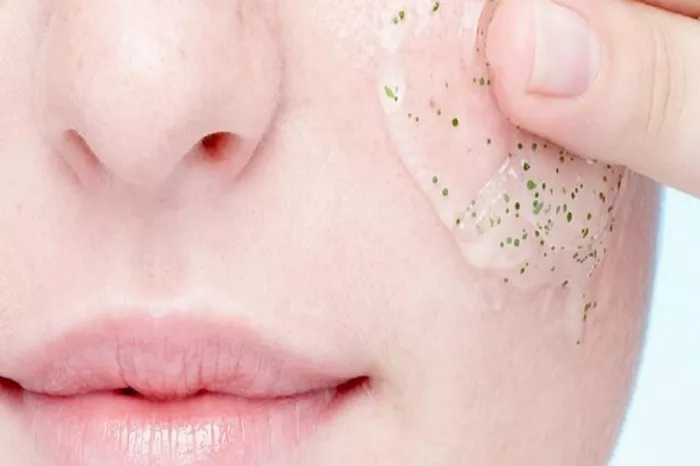In the pursuit of flawless skin, many individuals turn to the latest skincare products, often unaware of the hidden dangers they may contain. Microplastics, minuscule plastic particles less than 5 millimeters in diameter, have become a growing concern within the skincare industry due to their potential health and environmental impacts.
Microplastics in Skincare Products
Microplastics are commonly used in skincare products for their various functions, such as exfoliation, bulking, or extending shelf life. According to Nitin Jain, Founder of La Pink, “Microplastics often serve as exfoliants, bulking agents, or even to extend the shelf life of products. However, they can penetrate the skin, interfering with our internal systems in ways that may not be immediately visible but can have long-term effects.”
These particles can enter the body through the skin, inhalation, or ingestion, potentially leading to inflammatory responses and other health issues. As awareness of these risks grows, scrutiny of microplastics in everyday products has increased.
Health Risks Linked to Microplastics
Mansi Sharma, Founder of The Honest Tree by Boddess Beauty, highlights the ongoing issue: “While the beauty industry has seen a significant shift towards more natural and sustainable products, microplastics continue to be a hidden and harmful ingredient in many skincare routines.”
The primary health concern associated with microplastics is skin irritation. The abrasive nature of microbeads, a common type of microplastic, can cause microtears in the skin, making it more vulnerable to infections and environmental damage, particularly for those with sensitive skin. Additionally, microplastics often contain harmful chemicals such as phthalates, bisphenol A (BPA), and heavy metals, which can seep into the skin and bloodstream, posing further health risks.
How to Avoid Microplastics in Skincare
To mitigate these risks, consumers are advised to be cautious about the skincare products they choose. Jain recommends looking for products labeled as “microplastic-free” or “free from microbeads.” He also advises being wary of products containing synthetic polymers, which may be sources of microplastics.
Sharma suggests opting for natural exfoliants like sugar, salt, or ground seeds as alternatives to microbeads. These natural options are effective and biodegradable, thus posing no harm to either skin or the environment. She also underscores the importance of supporting brands that are committed to eliminating microplastics from their products.
Eco-Friendly Packaging Matters
Another critical aspect to consider is the presence of microplastics in product packaging. Sharma notes, “Microplastics can also be present in packaging. Whenever possible, choose products with eco-friendly, biodegradable packaging to reduce plastic pollution.”
Conclusion
The dangers of microplastics in skincare are significant and warrant careful consideration. As consumers become increasingly aware of the impact their choices have on both their health and the environment, it is crucial to make informed decisions about the products used. Jain emphasizes that La Pink is dedicated to offering 100% microplastic-free formulations, ensuring that their products enhance beauty while safeguarding health.
By understanding the risks associated with microplastics and opting for safer, more sustainable alternatives, individuals can protect their skin and contribute to a healthier, more sustainable future.
Related topic:
Can microdermabrasion help get rid of acne?
Top 10 Anti-Aging Fruits for Skin
Does Roc Retinol Fade Dark Spots?


